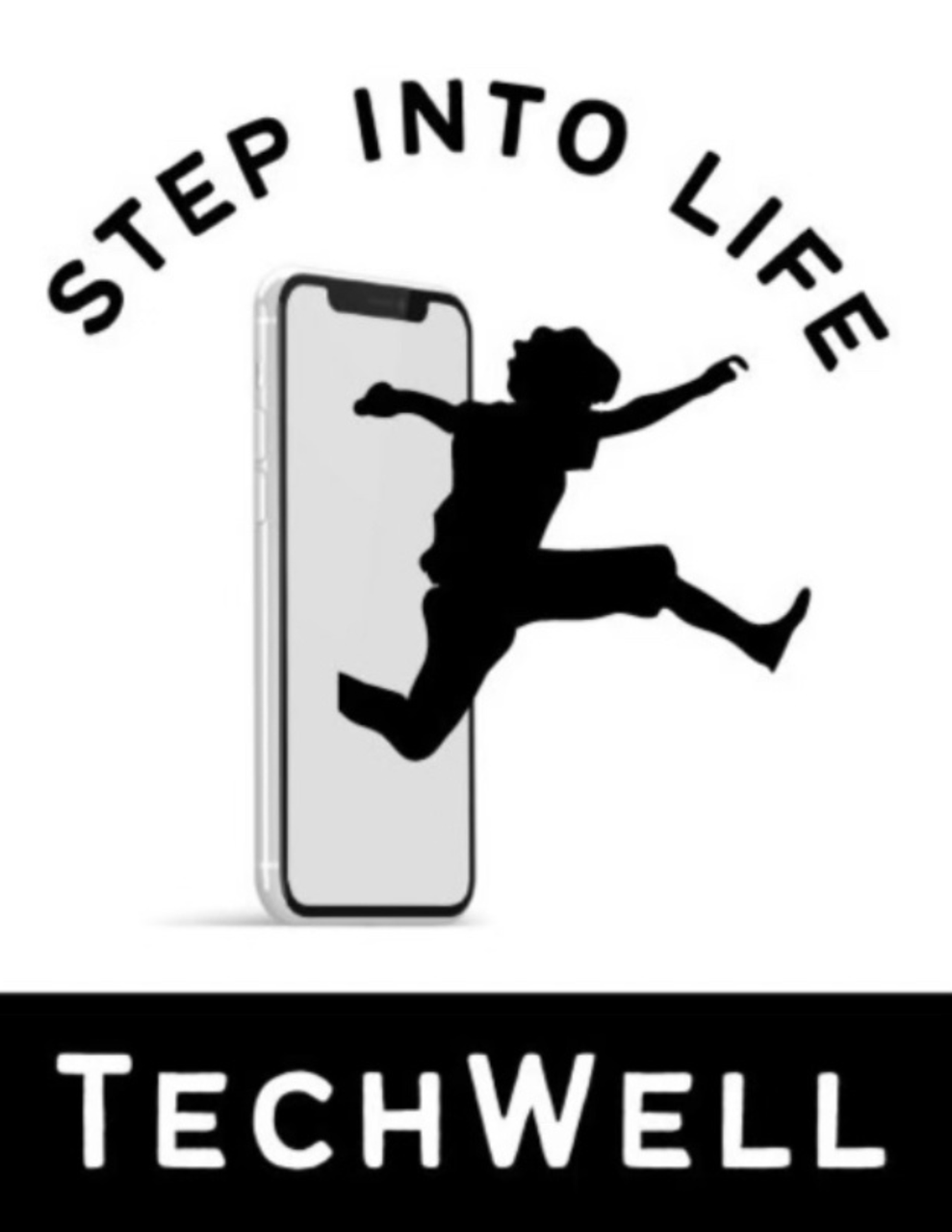The Need for Tech-Wise Schools
From February 2023
There’s no easy way to say it—today’s youth are facing a crisis. Academic achievement is falling (The Nation’s Report Card, 2022), depression and anxiety are rising sharply (The Annie E. Casey Foundation, 2022), and suicide has become the second-leading cause of death among young people (American Academy of Child and Adolescent Psychiatry, 2021).
Amid this crisis of youth wellness, schools are doing their best to step up. Districts are making bold (and sometimes costly) changes—starting the school day later, expanding access to free meals, hiring more mental health professionals, rethinking grading systems, reducing punitive discipline, and even implementing school-wide suicide prevention programs.
There is one thing, however, that schools seem strangely unconcerned about. Despite established links between screen time and mental health issues (Stiglic & Viner, 2019), attention issues (Nikkelen et al., 2019), sleeplessness (Hale & Guan, 2014), obesity/prediabetes (Nightingale et al., 2019), and lowered academic achievement (Adelantadeau-Renau et al., 2019), there is a puzzling lack of caution surrounding screen-based devices in education. As schools push more learning to online platforms and hand out personal devices at earlier ages, could they actually be sabotaging learning and exacerbating all the issues they are working so hard to address?
Screen-based learning has become the norm rather than the exception in education. Estimates suggest that most elementary schools and nearly all secondary schools are providing a computing device (i.e., tablet or laptop) to each child (Education Week, 2022). Research also indicates that teachers tend to use screens for activities that can be done just as easily (and sometimes more effectively) on paper (Center for American Progress, 2013). For a generation that is already spending 6-9 hours per day on a screen outside of school (Centers for Disease Control and Prevention, 2018), adding unnecessary screen time during the school day might not be the wisest move. Of even greater concern, is the lack of research to support screen-based learning as an educational tool. While educational technology (EdTech) creators have successfully convinced school districts that EdTech will revolutionize learning, most research indicates that the effect size of screen-based learning on educational outcomes is close to zero (Jongseok, 2022; Escueta et al., 2020; Falck et al., 2018; Bulman & Fairlie, 2016; Hattie, 2009; Reeves, 2005).
Given what we know, it’s time for a more thoughtful, tech-wise approach to education. The good news? There are practical, research-informed steps schools can take right now.We’ve identified 10 key steps school districts can take to help students build healthier relationships with technology. In the coming weeks, we’ll be breaking down each one in detail.
More to come—and if you find this series helpful, consider sharing it with your child’s teacher, principal or school board.

